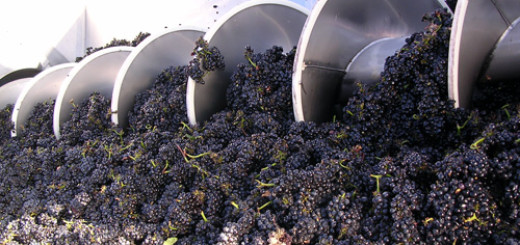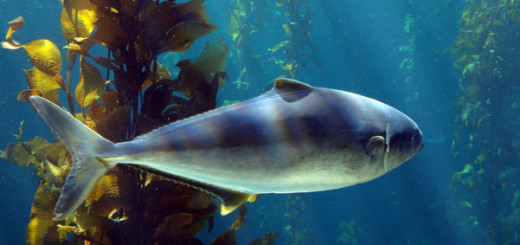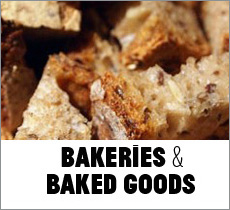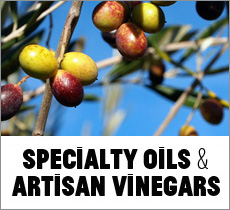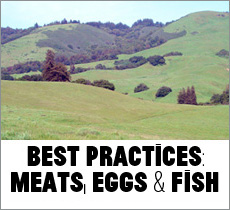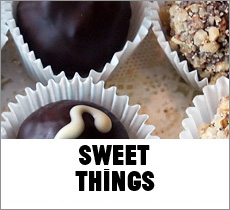Cooking Hawaiian Style in Guadalupe

Hawaiian palms
Julia Kaohe Kaaihue Nisperos, my husband’s grandmother, is a well-known Guadalupe chef who brought her Hawaiian cooking style to Guadalupe and who also mastered many Filipino and American dishes, too, during her lifetime. Born in Kaupo on the Hana side of Maui, she came alone as an 18-year-old girl first to Vallejo, marrying her Filipino husband before moving to Guadalupe. Over the years, Julia had twelve children and the family has now grown to 150+ members. Professionally, she served as the school’s cook (when cooking from scratch was the norm) and also honed her culinary skills in the old Commercial Hotel kitchen. During WW II, she invited many Hawaiian and Filipino servicemen, stationed at the Camp Cooke Army Base, to her residence so they could have a “taste of home” while serving their country. Unfortunately, I never got to meet her. She died in August of 1972, six months before I met my husband.
I’ve learned to prepare many of her dishes, though, from my mother-in-law, Petrona Leialoha Amido, and her sisters Josephine, Mildred, and Frances as well—great chefs in their own right. So in a cooking sense, I have met Julia. Like their mother, rarely do these women use recipes when preparing family dishes. They cook with their senses. Does the dish look, smell, and taste right? Should a splash more of vinegar or another clove of garlic be added? After a while, they just know if they’ve prepared a perfect dish. Trial and error is the only way I could learn from them.
In true Hawaiian style and like other Guadalupe cultures, food meant family to Grandma Julie. Food meant love and caring. Food meant a sense of belonging. Food meant a sense of history.
Many of her dishes revolve around a central principle: no one flavor overpowers another. My first experience with this method came from learning to cook one of the family’s favorite dishes: adobo. You’ll find many versions of this dish in Filipino cuisine. Even in Julia’s family, no adobo is the same from house to house. Almost all cooks, though, use cut up pork butt or chicken (or both), garlic, vinegar, soy sauce, pickling spice, paprika, and salt & pepper. When you taste it, I dare anyone to tell me which one dominates…none do and that’s when you know you’ve got it right. That doesn’t mean equal amounts either—that’s too easy. This style of cooking forces you to understand the power of your ingredients when mixed with others. I view it as an art form. And like art, you have to show restraint: add too much of the ingredients and you’ll miss the mark. After many years of cooking adobo, I’ve come up with my own version. Though a bit different, it has its roots firmly in Julia’s kitchen.
Like her adobo, Julia’s Hawaiian marinade also exemplifies culinary harmony: garlic, vinegar, soy sauce, and brown sugar are the basic ingredients (the rest must remain a family secret). You can soak chicken or pork shoulder steaks overnight, grill them, and come up with a sweet and savory blend that goes perfectly with white rice, potato or macaroni salad, fruit salad, and green salad. Slow cook the meat over oak coals, a Central Coast tradition for barbecuing, and you have an even more tasty carmelization.
This family recipe is a variation of the “mixed plate” meals you can still find today served on the islands. The “mixed plate” started with the “mixed” ancestries of field workers in Hawaii who would get together for lunch and bring their own specialties to share with each other. I like the harmony found within the “mixed plate” and this same harmony now powers many of California’s “fusion” menus. Like Hawaiians, Californians have learned to appreciate the food of others and have creatively combined flavors and textures to come up with their own mixed dishes.
Grandma Julie was a great role model for this “mixed” style of cooking, taking mainstream American dishes, traditional Filipino food, Mexican and Chinese food, too, and adding her own Hawaiian style to it. Living most of her life in Guadalupe must have helped her become a great chef since she had so many palates to satisfy. Julia believed in taking care of people and in living a harmonic life. She achieved both through her cooking. I’m that much richer in my kitchen, and my soul, for being part of my husband’s family and in learning to cook their food and share it with others.
The Adobo Experiment by Sam Sifton, New York Times
How Do You Make Adobo?, NYT Diner’s Journal
Sherrie Amido was raised on the Central Coast and currently lives in Arroyo Grande. She teaches business writing classes at Cal Poly-San Luis Obispo and spends her free time roaming the countryside with her husband and bulldog, looking for new wine and food discoveries, encoring them frequently, especially the dog-friendly ones.

